All about birch moths
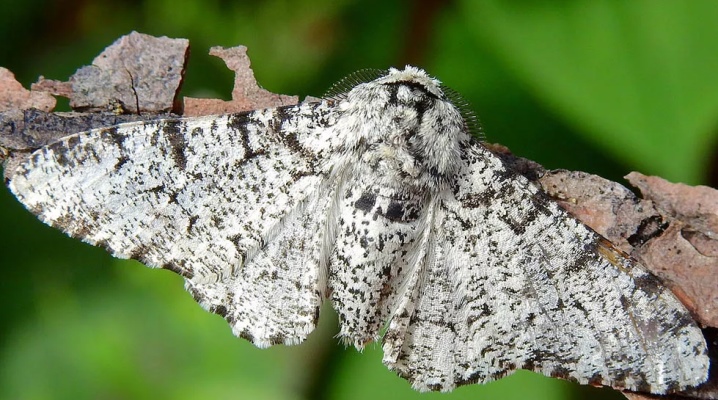
The birch moth is a butterfly that can often be found in Russia. Its larvae cause tremendous harm to trees and shrubs. We will tell you about what this parasite is and by what means you can fight it in this article.
What it is?
The birch moth is a species of butterflies belonging to the moth family and the order of Lepidoptera, which are nocturnal. This insect acquired its name because of its color - white, with specks that are located in a chaotic manner. It is this feature that makes the butterfly look like a birch bark.
However, note that the birch moth has the ability to change its color - this is necessary for this insect in order to hide from birds. The butterfly acquired this ability due to external factors caused by human activity: with the development of production, the color of the butterflies became darker, like the trees that were covered with soot. For this reason, the butterfly can be considered a prime example of the driving form of natural selection called industrial melanism.
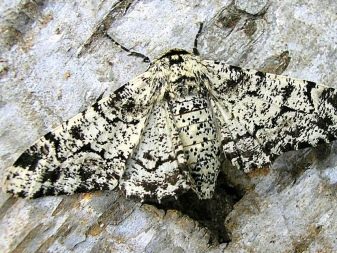
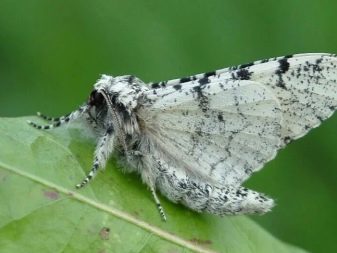
Otherwise, the birch-leaved butterfly is not much different from other butterflies belonging to the moth family. It has the same thick cone-shaped body and wings, the length of which usually ranges from 22 to 25 millimeters. At the same time, we note that the males of the birch moth have more developed wings. In females, they are either less or absent altogether.
If we talk about the reproduction of this insect, then this stage, as a rule, falls on May. Insects look for a place that will be safe for them and their offspring - most often cracks or holes in the bark act as a safe place. After that, the female lays eggs. On average, one butterfly can lay up to 2000 eggs. After hatching, the larva will pass to the stage of caterpillar development, which will later undergo transformation into a pupa and into an adult.
The entire stage of caterpillar development lasts all three summer months, during which harmful larvae damage the gardens. Further, the parasite hides in the soil, there it turns into a pupa, then into an imago, and then, closer to May, new eggs appear, and everything repeats again.
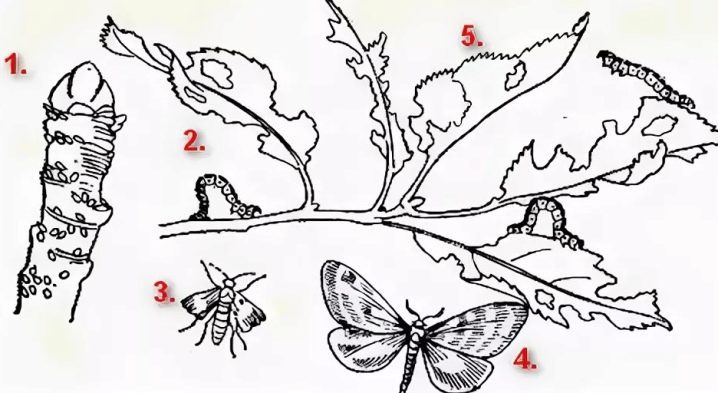
Habitat
The birch moth can be found almost throughout Russia and Europe. The only exceptions are the northern regions, as well as the Caucasus, southern Siberia and the Far East: the climate of these places is not at all suitable for the lifestyle of this insect.
The greatest accumulation of these parasites occurs in places where a large number of trees grow. For this reason, they prefer places such as forests, fruit plantations and orchards. If there are no such nearby, then in this case the insect settles in local parks and squares.
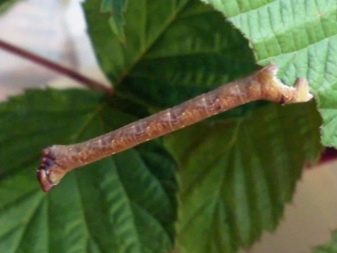
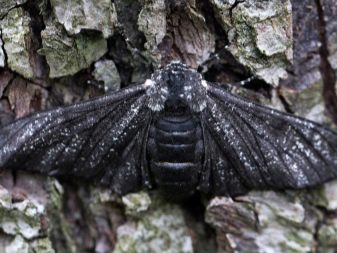
What is harmful?
The birch moth is one of the most dangerous garden pests found in the Russian Federation. By themselves, butterflies are harmless, but their larvae are a huge danger to cultivated plants. They affect fruit trees, blackthorn, roses, as well as oak, beech, willow, maple and other plants. After hatching from an egg, harmful green caterpillars devour everything that comes their way, in particular, foliage, buds, fruits and more. In just one day, such caterpillars can cause significant damage to tree greenery.
As a result, the foliage of the plants is damaged, you can see a large number of holes on it.
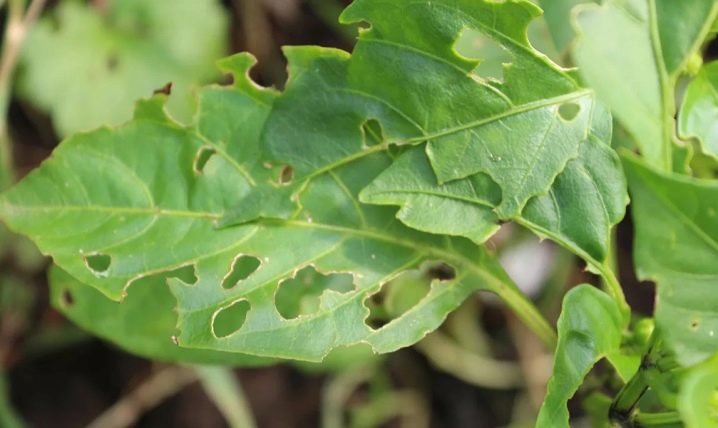
How to fight?
You can fight such a harmful butterfly as the birch moth using different methods. If the parasite has not yet had time to breed, then in this case, you can resort to using glue belts. Garden glue is applied to the surface of this device, which does not dry and helps to catch the female birch moth. This prevents the laying of eggs on the tree crowns. Further, the caught pests and their eggs are destroyed.
There is another mechanical way to combat this parasitic insect, namely: manual collection of butterflies and caterpillars with their subsequent destruction... This option can hardly be called efficient and fast. It is suitable only if the pests have not yet had time to reproduce offspring.
In late autumn, by the end of the season, in order to get rid of parasites, the soil in the area of the near-stem section of the plant and between the rows must be dug up. This will help get rid of parasites that have gone into the ground for the winter. Digging is also recommended during the summer months, in particular from June to July. It is at this time that the caterpillars pupate, and digging will interrupt this process.


Do not forget about stripping the tree bark from lichens and mosses. In addition, whitewashing the trunk will help prevent the emergence of a birch-leaved moth on the tree.
There are other, more effective methods of dealing with the birch moth. So, you can resort to a biological method to eliminate the parasite. The advantage of this method is environmental friendliness and rather high efficiency. The essence of the biological method is to attract birch moths to the site of natural enemies. These enemies include tahin flies and riders. You can attract them by planting plants such as celery, dill and carrots on the site. Such insects will help get rid of most of the harmful larvae and butterflies.
In some cases, chemical control methods are used against this pest. As a rule, gardeners resort to their use only when other methods of eliminating the parasite are ineffective.
In general, chemicals are the most effective, they quickly destroy parasites. However, they are very toxic, during use, you must strictly adhere to the instructions that are located on the package, while using personal protective equipment and observing safety precautions.

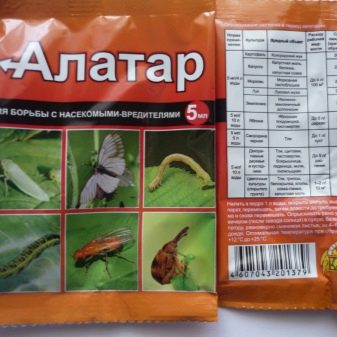
If you do not want to use chemicals, you can resort to using folk recipes that also help fight the parasite. Solutions based on tansy powder, milkweed and hot pepper proved to be the most effective in the fight against the birch moth. Decoctions from tomato tops or wormwood, as well as tinctures of yarrow and burdock leaves are also noted separately.
Such formulations are economical, easy to manufacture and distinguished by their environmental friendliness. However, they are less effective in comparison with chemicals, and therefore it is not recommended to use them in advanced situations.














The comment was sent successfully.